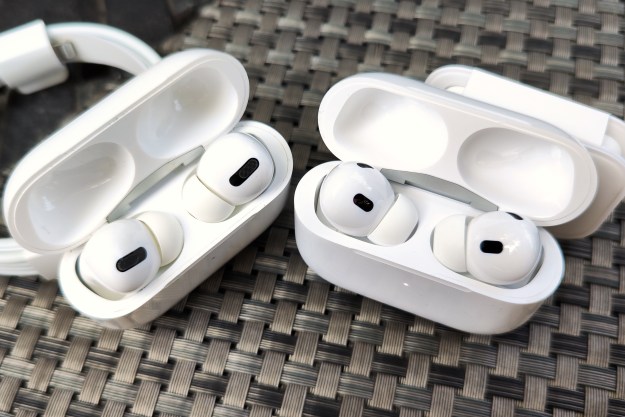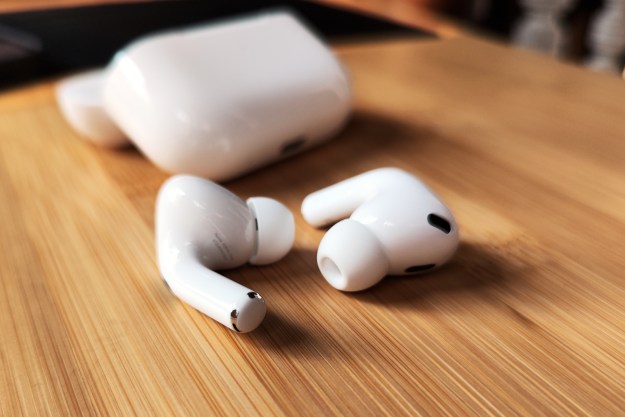Yamaha’s latest wireless headphones, the $500 YH-L700A, appear to be priced and designed as the ultimate alternative to Apple’s $549 AirPods Max. In addition to active noise cancellation (ANC) and transparency modes, the YH-L700A feature the company’s version of spatial audio, which it enables via head-tracking — the same technology that Apple uses in its AirPods Pro and AirPods Max. They’re available starting today on Yamaha’s website and soon from retailers like Best Buy.
Yamaha calls the spatial audio feature 3D Sound Field with head-tracking. Unlike spatial audio on the AirPods Max, which requires an Apple device like an iPhone or Apple TV 4K, plus the support of streaming apps like Apple Music, Netflix, or Disney+, Yamaha’s tech is much more universal. According to the company, the headphones can convert traditional two-channel stereo into a 360-degree sound field at the push of a button. You can also choose between seven 3D sound modes depending on what you’re listening to. These include Cinema, Drama, and Music Video (for video content), Audio Room and Background Music (for music), and Outdoor Live and Concert Hall modes (for performances).

The 3D effect happens on the headphones, which makes it agnostic when it comes to devices and audio content.
The goal of Yamaha’s technology is the same as Apple’s: By determining which way your head is facing, the YH-L700A can simulate a set of surround speakers and keep them anchored in place virtually. In theory, this should make it feel as though you’re sitting in a full-size, 5.1-channel home theater setup, and not wearing a set of headphones.
Beyond the clever spatial audio wizardry, Yamaha has added a huge number of other features to the YH-L700A, many of which allow them to eclipse the AirPods Max. They have Qualcomm’s aptX Adaptive Bluetooth codec, which should provide very high-quality wireless sound when connected to a phone or other device that supports aptX Adaptive (Apple does not support Qualcomm codecs on its phones or headphones).
The cans are also rated for lossless hi-res audio if you use them with a wired connection via the included analog cable with a frequency response of 8 Hz to 40 kHz. This is another area where the AirPods Max fall somewhat short: You can connect them to a lossless hi-res audio source using an optional cable, but the cable performs additional signal conversion that actually introduces some lossy compression.
When not using ANC or 3D sound, the L700A’s battery life is a very decent 34 hours, but this plummets to just 11 hours when you engage both of these features. The L700A also include some features that show up on Yamaha’s other top-tier
- Listening Optimizer: Takes real-time measurements of your listening conditions. like changes to the fit of the earcups. and alters the sound to accommodate for them.
- Advanced ANC: Yamaha claims its ANC solution doesn’t affect music quality the way some other ANC systems do.
- Listening Care: Almost like having a loudness function for your headphones, the L700A automatically adjust so there’s no frequency loss at lower volumes.
The L700A ship with their own hard-shell carry case, a USB-C charging cable, an analog cable, and an airplane adapter. So the Yamaha YH-L700A are less expensive than the AirPods Max, and from a specs point of view, they certainly seem to offer more. But should you plan to buy them instead of the
Editors' Recommendations
- Apple lets AirPods Pro owners upgrade to USB-C
- New AirPods teased for 2024, to little surprise
- Sony updates WH-1000XM5 with head-tracked spatial audio and better multipoint
- Amazon’s new $50 Echo Buds take aim at Apple’s AirPods
- Apple AirPods Max 2: what we know, what we want, and how much it will cost



